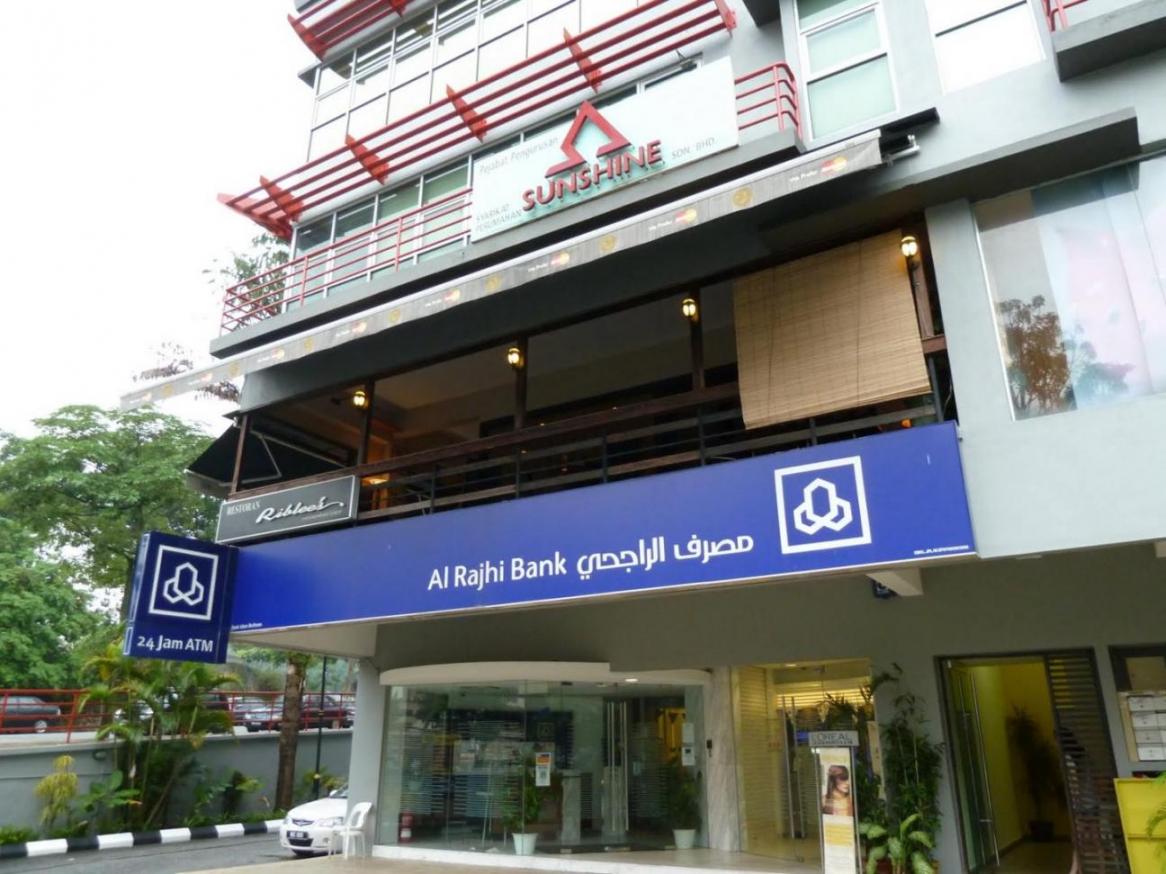In Saudi Arabia, where the currency has been fixed at about the same rate for 28 years, even the tiniest swings in the futures market reflect concern the peg will be broken. So the 0.2 percent drop that traders see by next year shows this is the most worried they’ve been about it since 2009.
For Standard Chartered Plc and Abu Dhabi Commercial Bank PJSC, that speculation — the result of the plunge in oil, Saudi Arabia’s dominant export — will prove fleeting just like it did five years ago as well as 16 years ago.
While the 47 percent tumble in crude since mid-June is slowing the flow of dollars into the world’s largest oil exporter, the country can still tap its $745 billion of foreign reserves — more than any country except for China and Japan — to defend the riyal’s 3.75-per dollar peg if needed. What’s more, economists surveyed by Bloomberg last week forecast the country’s current-account surplus will remain the world’s fourth-largest by the end of 2014 even after oil’s decline.
“We have been there before and previous episodes were arguably much more serious,” Philippe Dauba-Pantanacce, a senior economist at Standard Chartered, said in an e-mail from London. For now, the peg “is still viewed by the Persian Gulf as having more advantages than inconveniences,” he said.
Oil Sinks
The riyal traded at 3.754 per dollar last week, after reaching 3.7546 per dollar on December 18, the weakest since February 2009. Twelve-month riyal forwards, which investors use to speculate or hedge, fell to 3.7608 per dollar last week, suggesting traders were expecting a 0.2 depreciation in a year, according to data compiled by Bloomberg. During the height of the global financial crisis, when oil sank to as low as $36 a barrel, or 40 percent below today’s prices, the forwards priced in a drop of about 0.7 percent in the riyal.
Saudi Arabia’s economy can endure temporary fluctuations in crude prices, Oil Minister Ali al-Naimi said in a statement carried by the official Saudi Press Agency last week. A spokesman for the Saudi Arabian Monetary Agency didn’t immediately respond to questions by telephone.
Since its introduction in the 1980s, the peg has been instrumental in shielding the economy from the volatility of oil and natural gas, which provides 90 percent of government revenue. A fixed exchange rate helps the central bank accumulate foreign reserves when oil prices rise and avoid squandering the windfalls that anchor investor confidence during economic downturns. It also helps cap long-term inflation by effectively linking monetary policy to the US’s.
Currency Swings
Crude oil has lost almost half of its value since June, exacerbated by a decision last month by the Saudi Arabia-led Organization of Petroleum Exporting Countries to maintain its collective output target. The impact on the riyal was amplified by the dollar’s surge against currencies across the world, with Bloomberg’s gauge of the US currency advancing 12 percent since June to a more than five-year high on December 19.
The disruption in the Saudi currency market isn’t as pronounced as it was between 2007 and 2008, when speculators swung from betting on the appreciation of the riyal to wagering on devaluation.
The riyal climbed to 3.7050 per dollar in November 2007 when oil traded close to almost $97 a barrel and the weakening US currency fueled speculation that Persian Gulf nations may have to drop their pegs and de-link monetary policy from the US.


